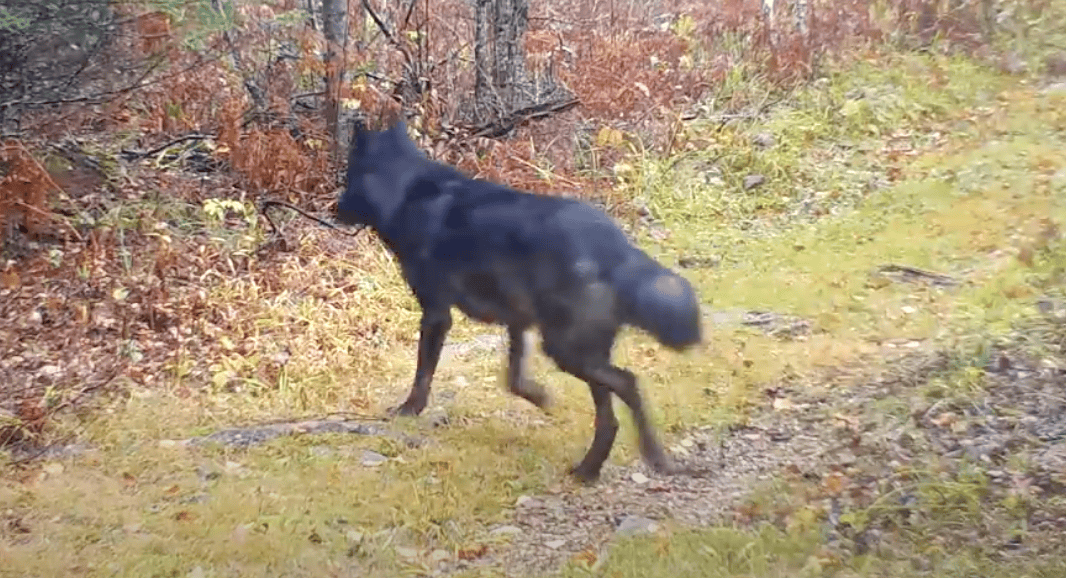A wolf pack consisting almost entirely of black wolves is quite rare for Minnesota. While it does occur, it is definitely not the norm. For reference, black wolves make up only 1.5-2% of the wolf population in Minnesota based on data collected from 1980 to 2020.
Historical Prevalence of Black Wolves

There is some indication that the prevalence of black wolves in Minnesota has increased over the past 70 years. In the Superior National Forest, only 4 out of 580 wolves legally hunted or trapped by three conservation officers before 1960 were black. By the late 1960s, black wolves made up 3.6% of the wolves in the same area.
A Trend

Whether this increase indicates a biologically meaningful or statewide trend is hard to determine, but it is certainly intriguing. The presence of black wolves has caught the attention of researchers.
Video Footage of Black Wolf Pack
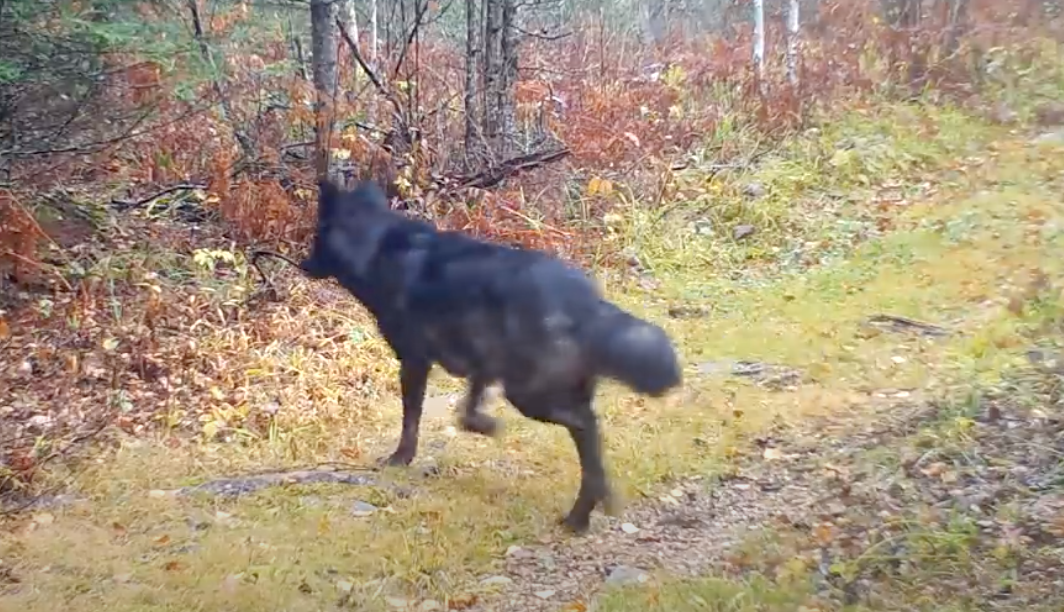
The pack in the video is just outside of the Greater Voyageurs Ecosystem study area. The footage was quite exceptional and has given the prevalence of black wolves in the pack.
Rare Sighting

The most black wolves previously documented in a single pack in the study area was one. Therefore, capturing footage of a pack consisting almost entirely of black wolves is amazing.
Greater Voyageurs Ecosystem Study
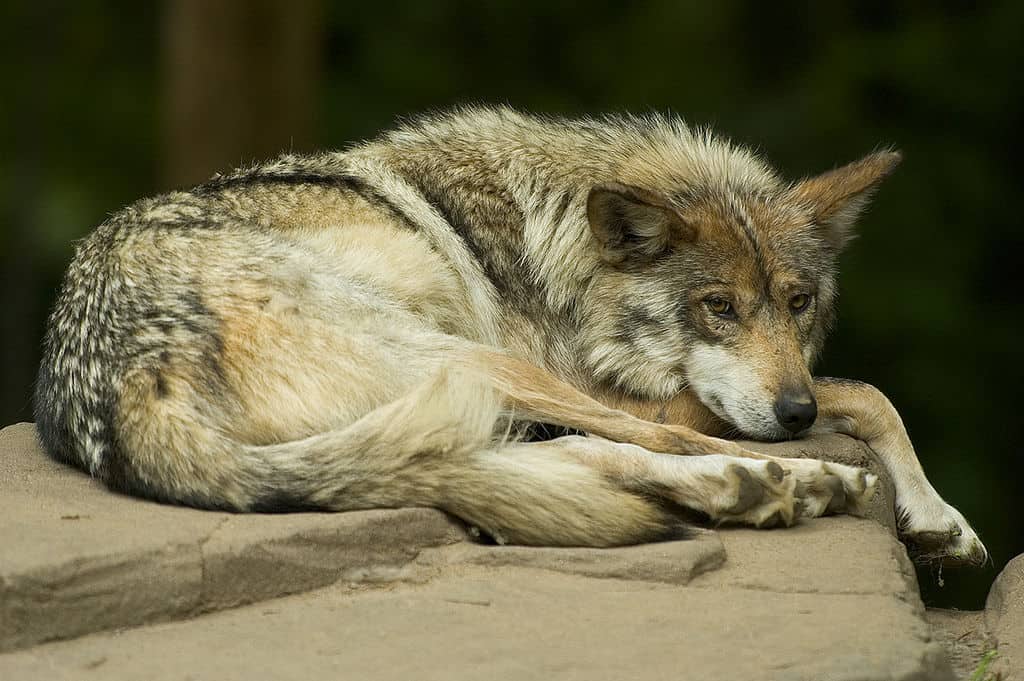
The Greater Voyageurs Ecosystem study area has never recorded such a high number of black wolves in a pack. This makes this sighting significant and unique.
Public Contribution
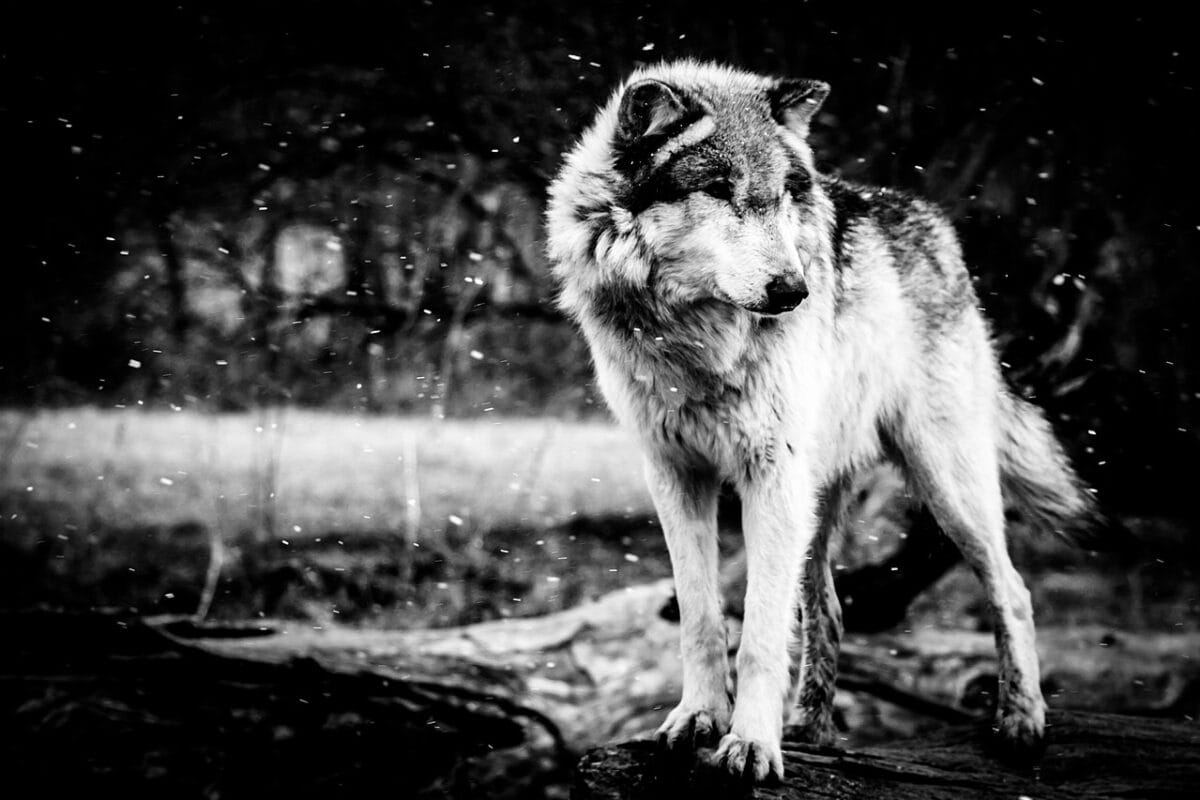
The footage shows us the importance of citizen involvement in wildlife observation and documentation, contributing valuable data to ongoing research.
Wolf Physical Characteristics

How Large Do Wolves Get?
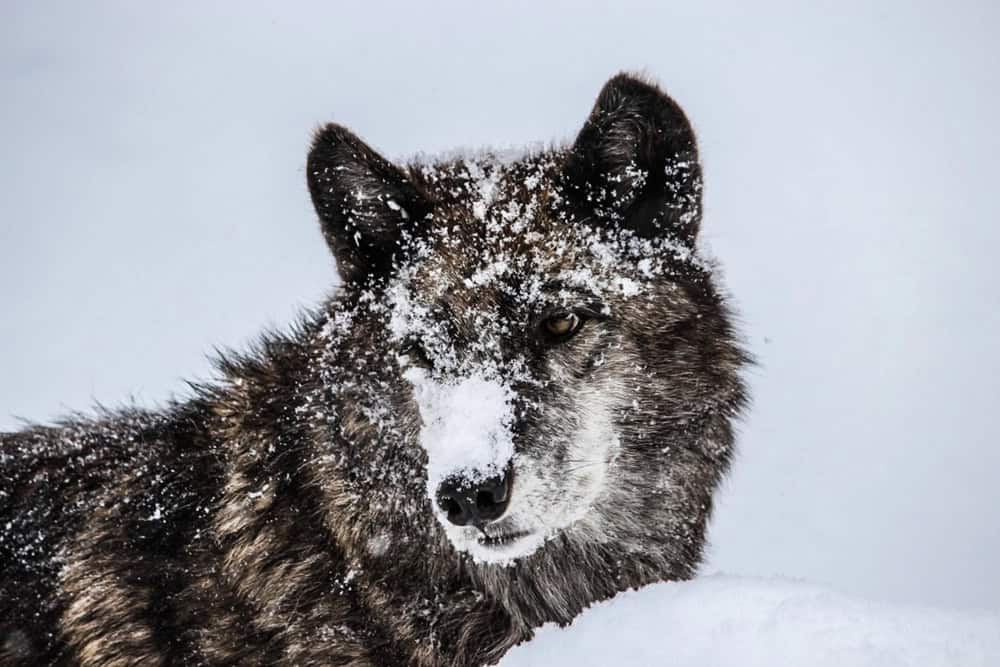
Wolves can weigh between 70 to 145 pounds and measure up to 6 feet in length.
What is the Average Lifespan of a Wolf?

Wolves live for about 6 to 8 years, although some can live up to 13 years.
How Fast Can Wolves Run?
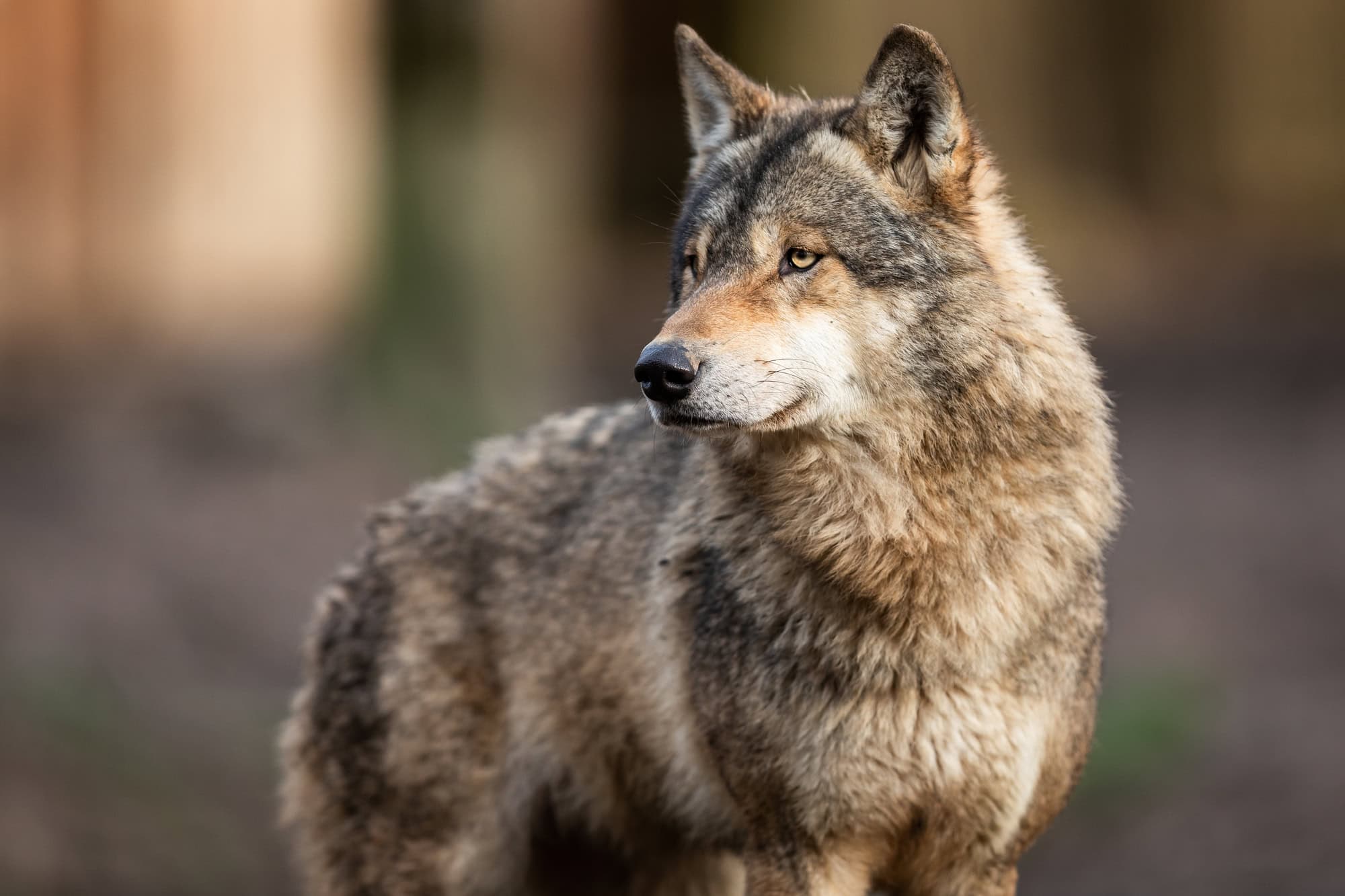
Wolves can reach speeds of up to 38 miles per hour when sprinting. Usually travel at a more moderate pace of 5 to 6 miles per hour.
What Do Wolves Eat?

Wolves are carnivores. They prey on deer, elk, moose, and also eat smaller mammals such as birds and carrion.
How Strong is a Wolf’s Bite?

A wolf’s bite force is about 400 pounds per square inch.
What is the Social Structure of a Wolf Pack?
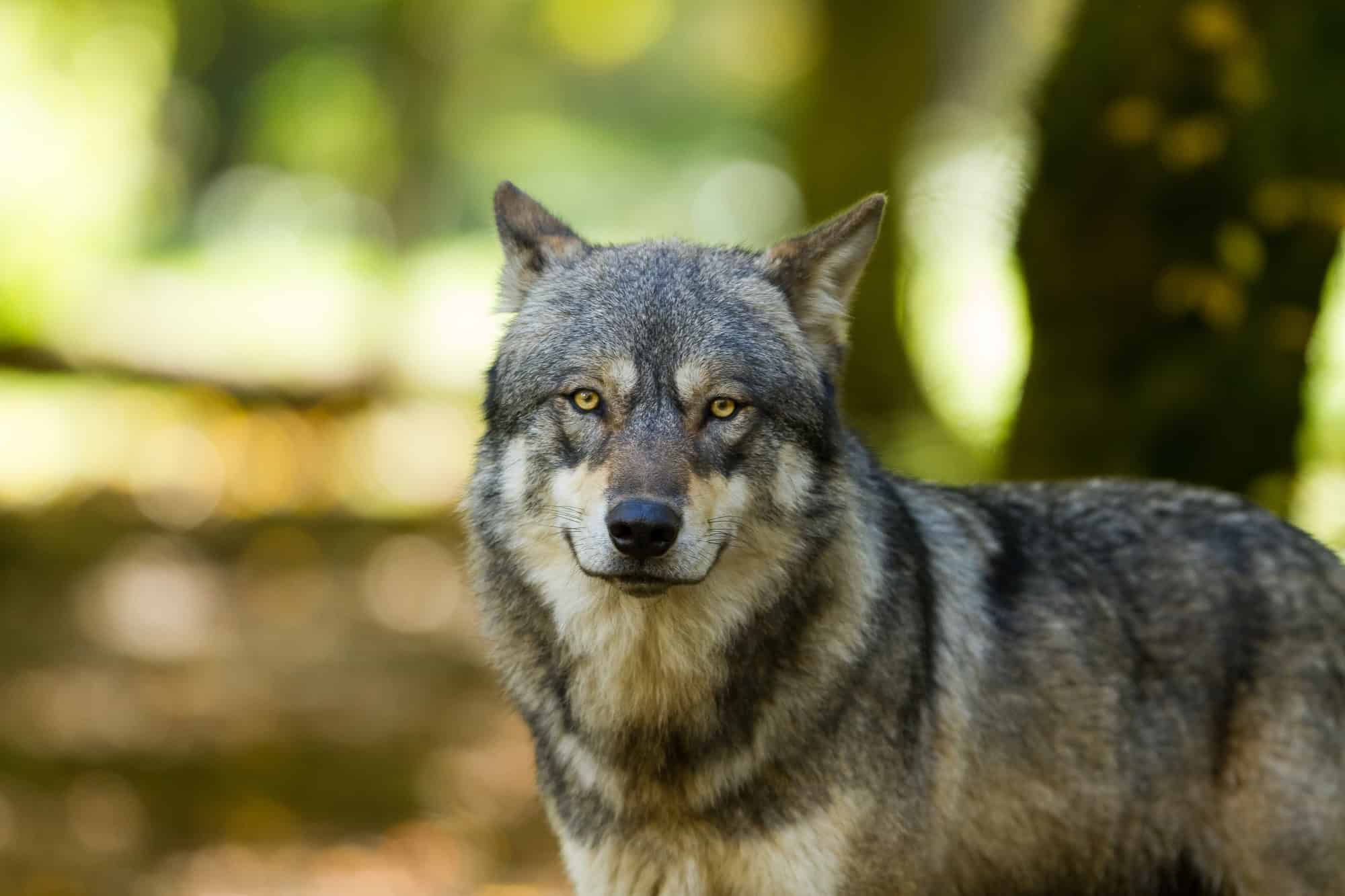
A wolf pack is led by an alpha pair and consists of their offspring and occasionally other subordinate wolves.
How Do Wolves Communicate?

Wolves communicate through vocalizations like howling, body language, and scent marking.
What is the Coloration of Wolves?

Wolves can be many colors. These colors include gray, white, black, and brown, with gray being the most common.
How Do Wolves Adapt to Cold Climates?

Wolves have thick fur and a double coat that insulates them against cold temperatures.
What is a Wolf’s Territory Size?

A wolf pack’s territory can range from 50 to 1,000 square miles.
How Do Wolves Hunt?

Wolves hunt in packs, using teamwork and strategy to bring down large prey. They rely on stamina and endurance to chase and tire their prey.
How Do Wolves Care for Their Young?

Wolf pups are cared for by the entire pack, with all members contributing to feeding, protecting, and teaching the young.
What is the Reproductive Cycle of Wolves?
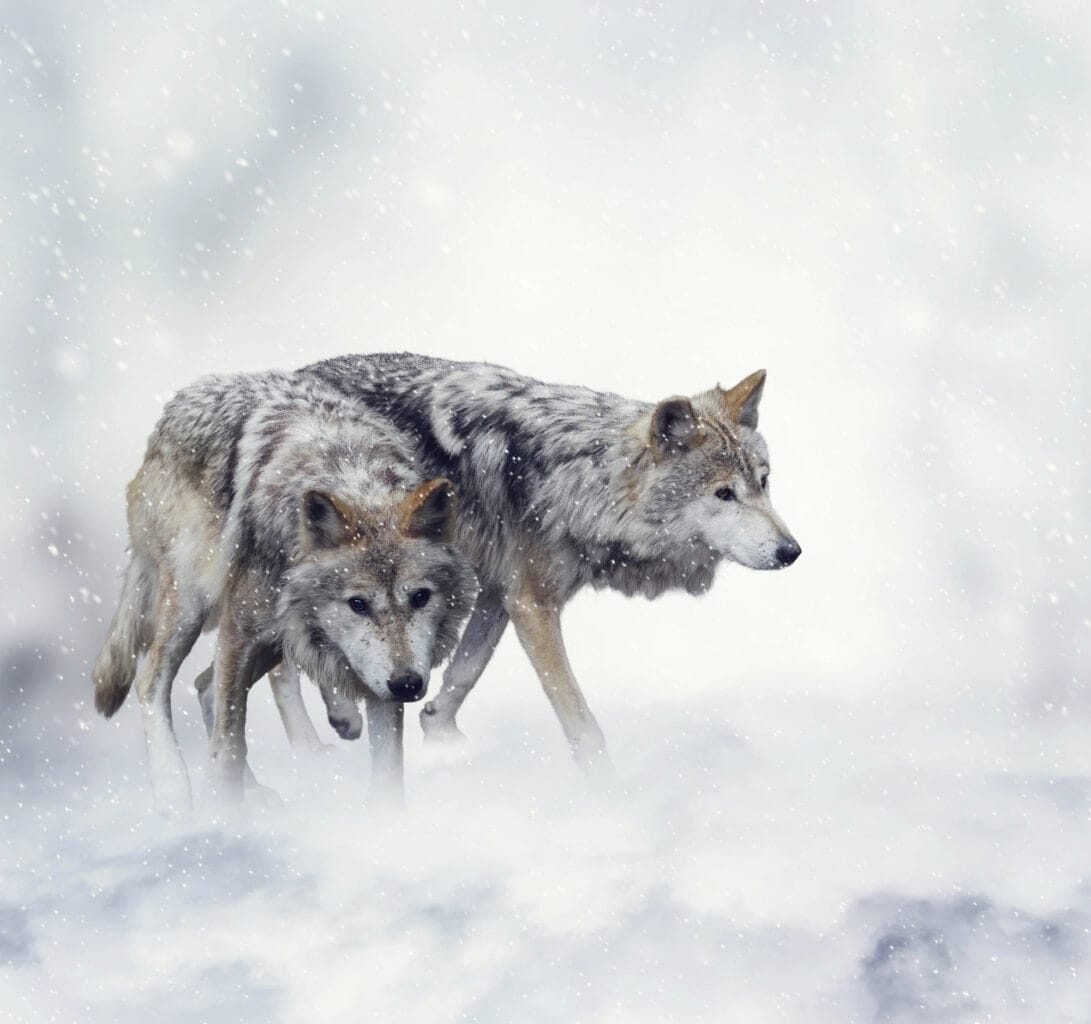
Wolves mate in late winter. Their gestation period of about 63 days. Litters usually consist of 4 to 6 pups.
How Do Wolves Mark Their Territory?

Wolves mark their territory with scent markings.
What Role Do Wolves Play in the Ecosystem?
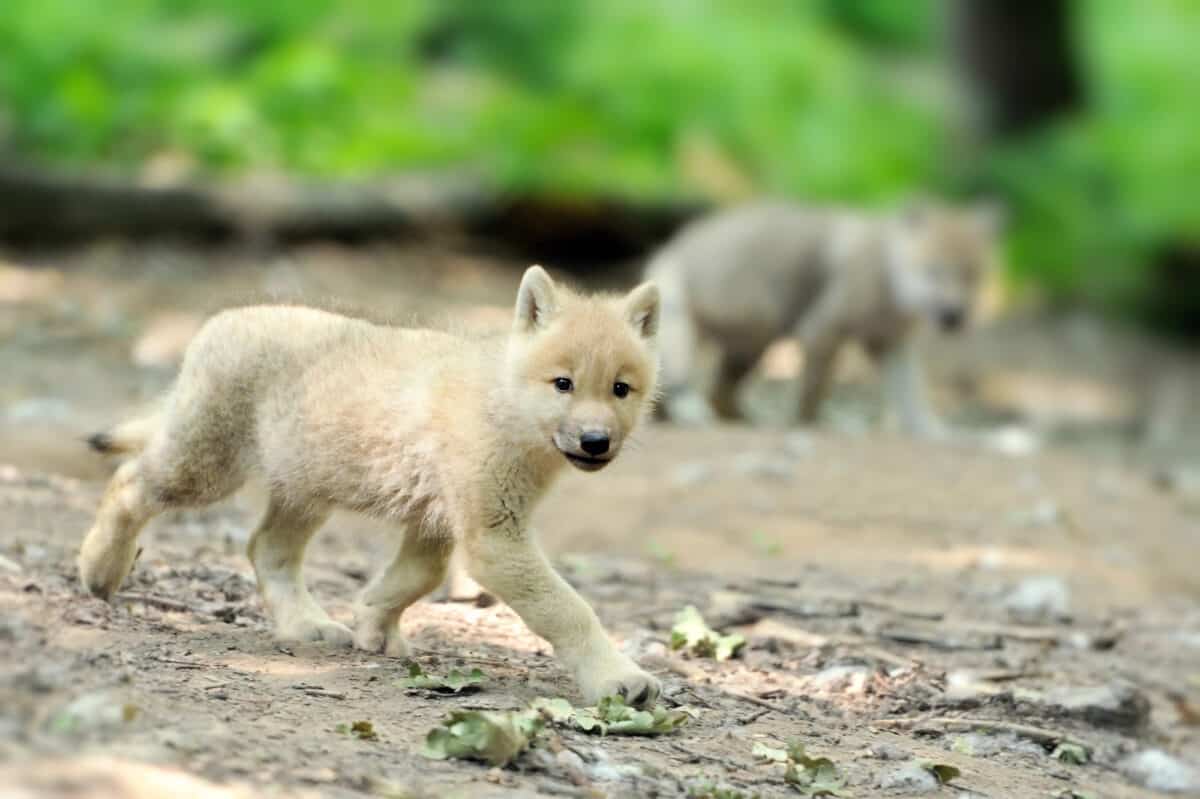
Wolves play a crucial role as apex predators. They help maintain the balance of ecosystems by controlling the populations of their prey.
How Do Wolves Survive in the Wild?
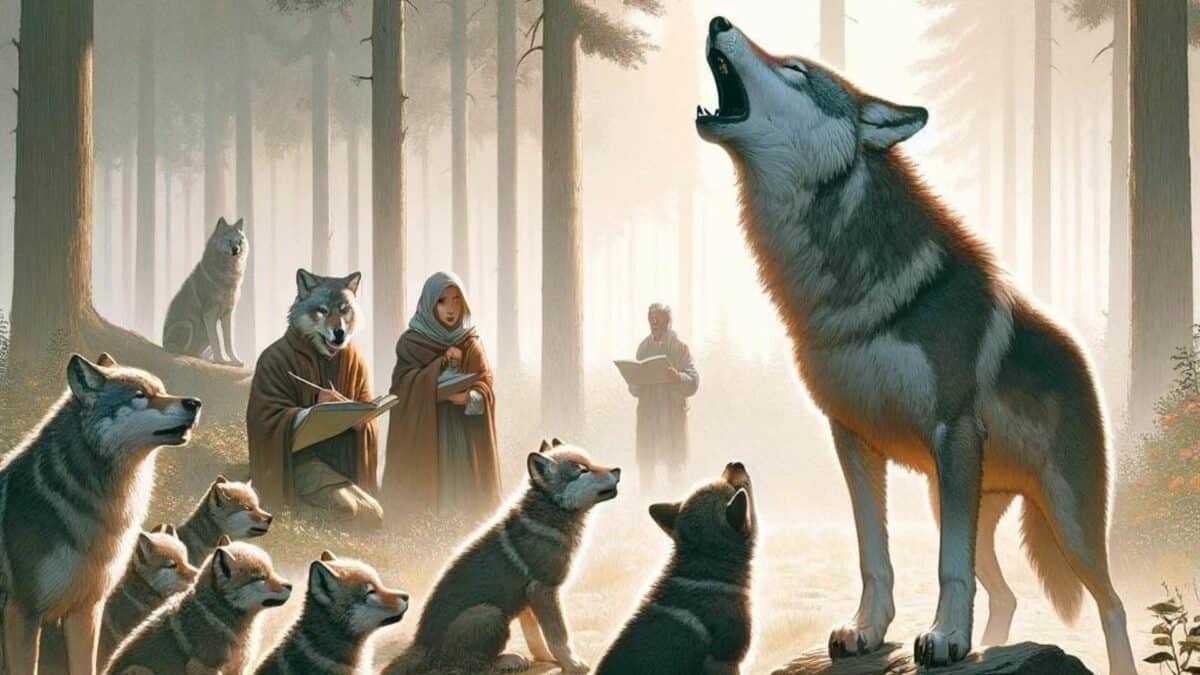
Wolves rely on their pack structure, hunting skills, and adaptability to survive in the wild.
Bottom Line
Overall, the sighting of a pack of black wolves in Minnesota is a rare thing to see! It has highlighted the ever evolving nature of wildlife populations. This observation contributes to valuable data on ongoing research.
Thanks for reading along, for more, check out our related article link below.
Next up:
Join our Forum for free today!


